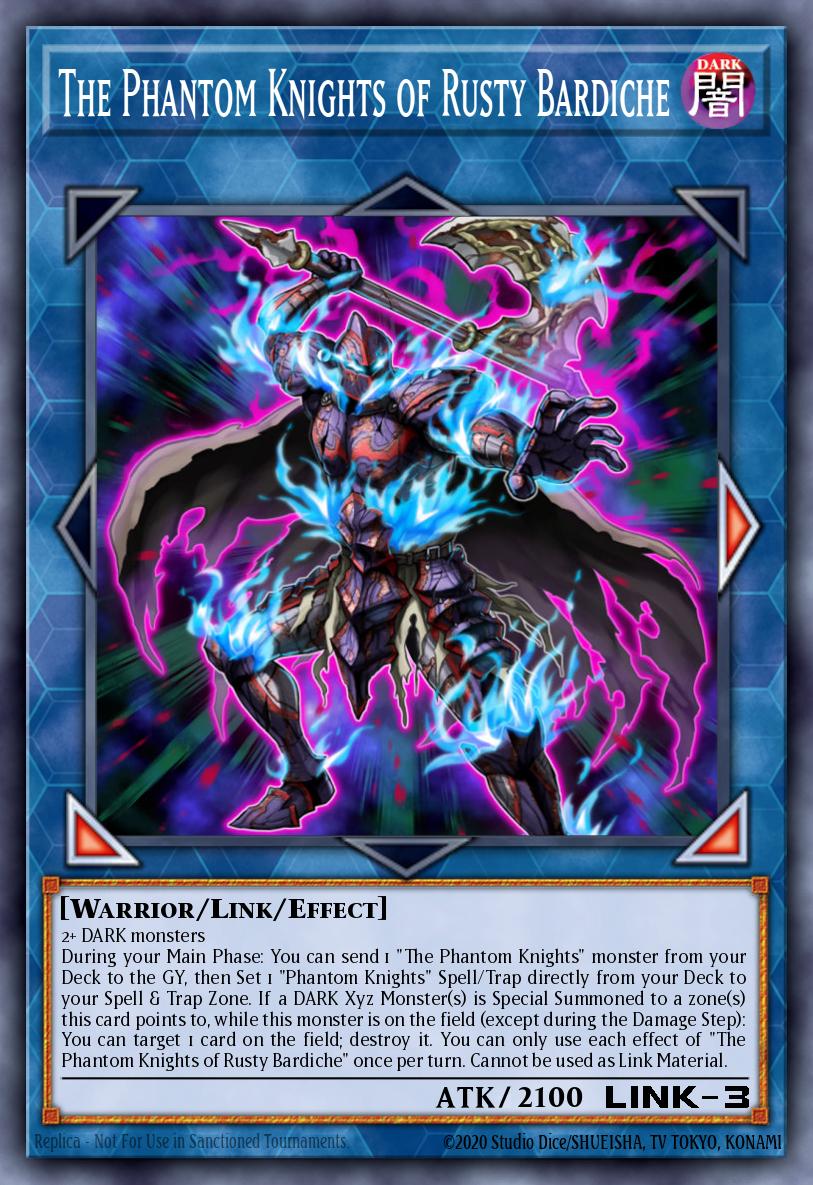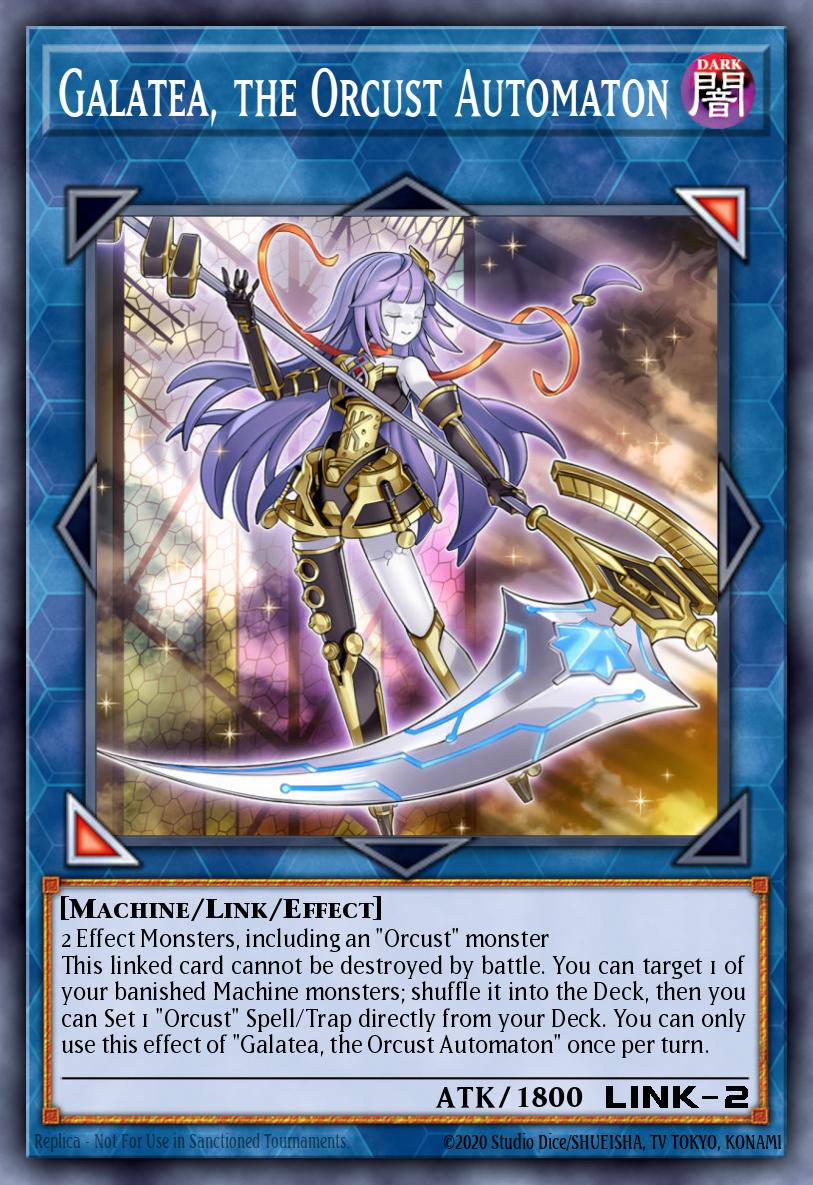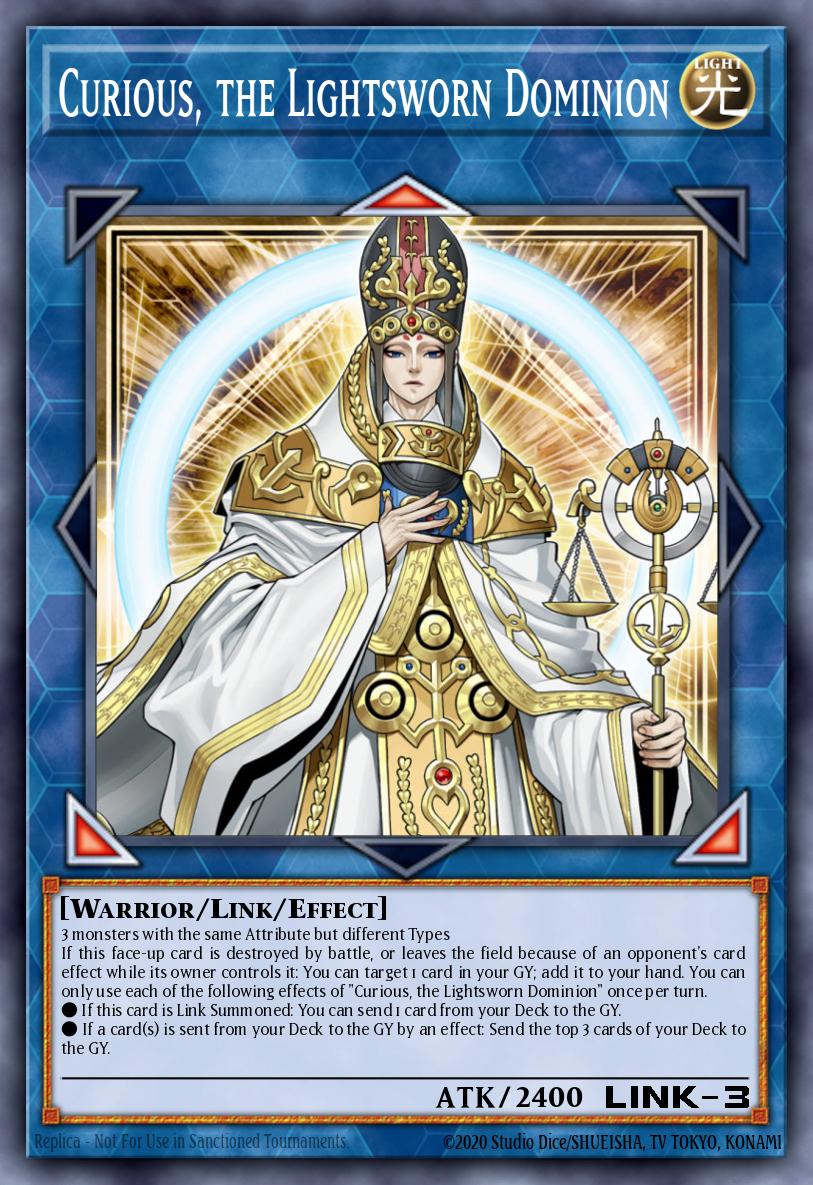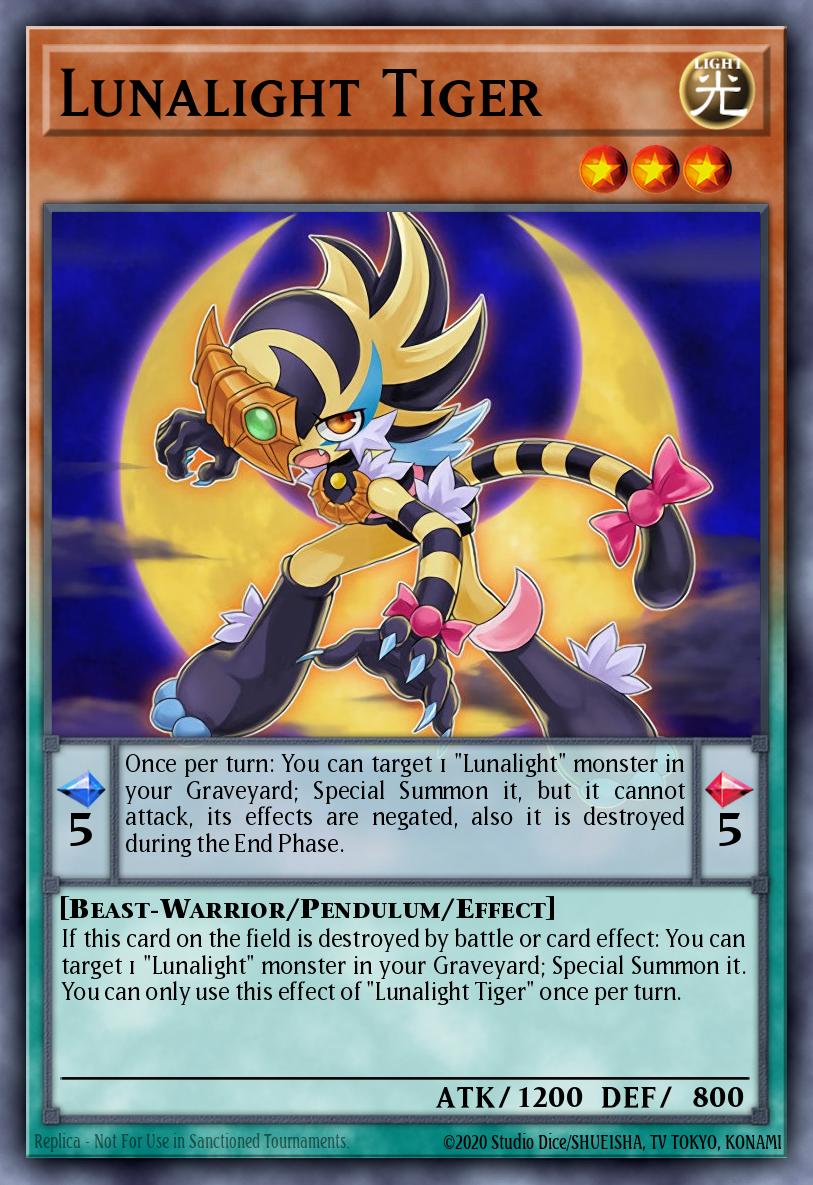At first, Lunalight was just another anime deck. Released in Shining Victories in mid-2016, it was just a "harmless" fusion-based OTK deck. Like many others before, it seemed fated to live a quiet life. It would have become a part of history for only dedicated fans to remember. But that was not the case.
Humble Beginnings
In their first set, their strategy was to slowly evolve the power of their fusion boss monster. The ladder escalated Lunalight Cat Dancer to Lunalight Panther Dancer into Lunalight Leo Dancer. Sometimes they would even skip rungs thanks to Fusion Tag, and go straight into Leo Dancer. In this set are also the only two Pendulum monsters the archetype would receive: Lunalight Tiger and Lunalight Wolf. Perhaps as a sort of early handicap, none of their pendulum effects were Hard Once Per Turns.

The next two pieces of support were both great. Three months later in The Dark Illusion came Luna Light Perfume. An in-archetype Monster Reborn and searcher for any monster packed into one card. The deck would not receive anything else for more than a year, at the start of the Link Era. In Circuit Break, Lunalight Kaleido Chick made its debut. Kaleido Chick came with two upsides. Another lack of a Hard Once Per Turn effect on its first effect and said effect sending for cost.
Sisters of the Rose
Along with Trains and Harpies, Lunalight featured in the fourth side set of anime nostalgia support. From this new set, Lunalight Yellow Marten became an easy addition to the Lunalight strategy. The ability to return a Lunalight card to hand to summon itself worked double duty as an additional monster and a way to return a used Tiger back to the hand. Owing to its graveyard effect and searchability through Marten, Lunalight Serenade Dance also found a spot in the deck. Later on, Lunalight Emerald Bird would also be brought in as a one-of for extension and recursion.
At this point the puzzle was complete. Kaleido Chick, Yellow Marten, Tiger, and Zephyros the Elite (searchable with Force Strix) gave the deck access to a steady supply of materials for their Extra Deck summons. Assuming the use of only one Tiger, players could use its effect to revive three times on the first turn. Every turn after the deck could have access to three free monsters of material.
Meta Appearances
February - Lunalight's First Appearance
Lunalight's first appearance in the top cut of a large scale event came soon after the release of Sisters of the Rose. In February 2019, Raphael Neven won YCS Chicago playing Danger! Lunalight. It was a going second deck that aimed to OTK using the Lunalight and Danger! monsters as material for powerful boss monsters.

At this point, cards like Summon Sorceress, Outer Entity Azathot, and The Phantom Knights of Rusty Bardiche, along with The Phantom Knights' Rank-Up-Magic Launch were still legal. Azathot could easily be made during the opponent's turn thanks to Rusty Bardiche and the Rank-Up-Magic. The target would be a card like Time Thief Redoer, who can detach its materials the turn it is summoned.
Period of Slumber
After this first top, Lunalight only showed itself occasionally for a while.
Orcust formed an integral in its success later on. Knightmare Mermaid meant every deck that could make two monsters had access to full Orcust combo. During this time, many decks experimented with Mermaid and Orcust. The most popular of these was Trickstar.
At this point, Orcust decks were full of hand traps and typically ended on at least four disruptions. Two monster negations in the form of two copies of Phantom Knights' Fog Blade and one send and one destruction thanks toOrcustrated Babel with Cymbal Skeleton and Dingirsu in the graveyard.
This option was preferred by most players, as it was a safe and low investment for a large payoff.
July 2019 Banlist and Rising Rampage - Lunalight Orcust

The July 2019 Banlist curved the power of all the top decks and saw Rusty Bardiche banned. Terraforming and Lightstage were both limited, turning most people away from the Trickstar engine. That's where Lunalight came in. It was a hard deck to interrupt, due to having multiple play starters, and not being able to respond after Azathot was summoned. This was especially strong once the Mega-Tins in September dropped the rock, granting them immunity prior to the fifth summon. They also took advantage of the rank 4 pool. Abyss Dweller was powerful against the Salamangreat and Orcust matchups. Tornado Dragon put pressure on backrow decks like Altergeist, Guru, and Striker. They even had Tiger King for the Thunder Dragon matchup to turn off Colossus.
Also in July, Rising Rampage brought one of the most powerful link monsters to date, Apollousa, Bow of the Goddess. Due to the excess materials Lunalight had access to, making a three or four material Apollousa came naturally. Barricadeborg Blocker would become relevant later on to set up the graveyard and enable Curious plays.
Lunalight mixed with Danger! and Orcust was present consistently in top cuts of Reginal level and above tournaments this format. Notable tops during this time include:
- Johannes Urbicht achieving 1st place at YCS Ghent.
- Clifton Land getting 2nd place at YCS Niagara Falls.
- Ramiro Garcia winning YCS Fort Worth.
October Banlist - Mermaid Banned

With Mermaid no longer around to abuse, Curious became the enabler of the Orcust combo in Lunalights. Previously, it saw use in builds along with Knightmare Gryphon to set powerful floodgates like Anti-Spell Fragrance, Imperial Order, or Summon Limit. Now it became a chokepoint for the deck when trying to shift into its Orcust side. Not only that, but since it was such a big commitment in terms of monsters, it limited the power of the ending board.
Lunalight was no longer the first choice that was mixed with Orcust decks. Despite this, Lunalight still saw some occasional tops:
- 7th place in the UK WCQ by Erwan Mathieu-sol with Danger! Lunalight.
- Top-32 in the London YCS by Luka Forjan, playing a going second version of Lunalight Orcust, which included a small Shaddoll package.
- 6th place in the Detroit Reginal by Ben Garcia playing Lunalight Orcust.
- 1st place in the Panama City UDS Invitational by Jesse Kotton, who played a lot of draw cards in a going first Lunalight Orcust deck.
January Banlist - End of Lunalight Orcust
The January banlist changed the meta in a more radical way than even the July list. All of the top decks took heavy hits, including Engage, Colossus, Harp Horror, and Miragestallio all going to 0. With this, Orcust dropped from the meta and most Lunalight lists. Lunalight now split into many different builds, most appearing after Magical Hero and incorporating Magicians' Souls.
- There was a time thief variant after IGAS. Psy-Framelord Lambda, while already used before to add Gamma, now also could end with a counter trap and a spin back to deck on the returning Redoer. Paul Goß got top 64 at YCS Utrecht with this build.
- Using the once again unbanned PK Rank-Up-Magic, a Utopia Kaiser build sprang up. It aimed to rank-up Number 11 on the opponents turn into Kali Yuga, to achieve similar results as previous Azathot lists. Dillion Cohen got top 4 at the Utah Regional with a list of this type.
- Danger! builds using a toolbox extra deck to navigate the game and adapt to the opponent. An example is Noah Beygelman's top 16 finish at PPG Orlando.
- A Fire Fist build, using Zoodiac and Fire Fist cards to extend like with Alen Kazalac's top 32 at YCS Utrecht.
March Banlist - Tiger's demise

The March 2002 banlist marked the end of competitive builds of Lunalight. Tiger's hit on the banlist crippled the number of summons the deck could perform. Even some dedicated players saw no way to play around the hit.
Conclusion
Lunalight enjoyed approximately a year under the competitive spotlight. It had its ups and downs, with the ultimate nail in the coffin being the ban of Tiger. It was at its strongest during the September-October format, when Mermaid was still legal and Lunalight Orcust was one of the most represented variants, managing tops in many top-level events. In March the deck returned to its roots as a going second OTK deck, taking advantage of its powerful fusions, but hasn't been able to return to a competitive setting. Whether or not Tiger comes back, the deck already managed to leave its paw print in Yu-Gi-Oh! history, which is more than many were expecting for a run-of-the-mill anime deck.




